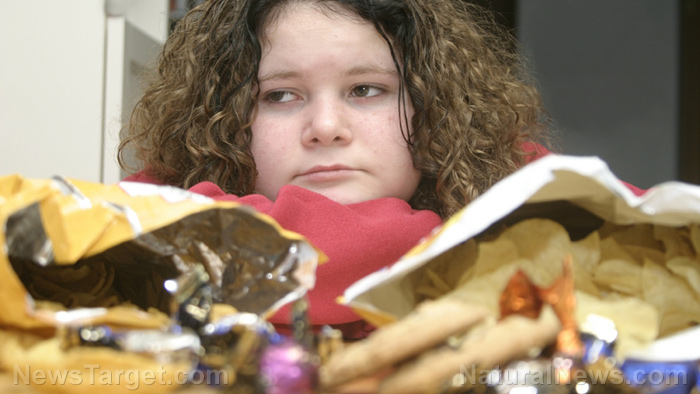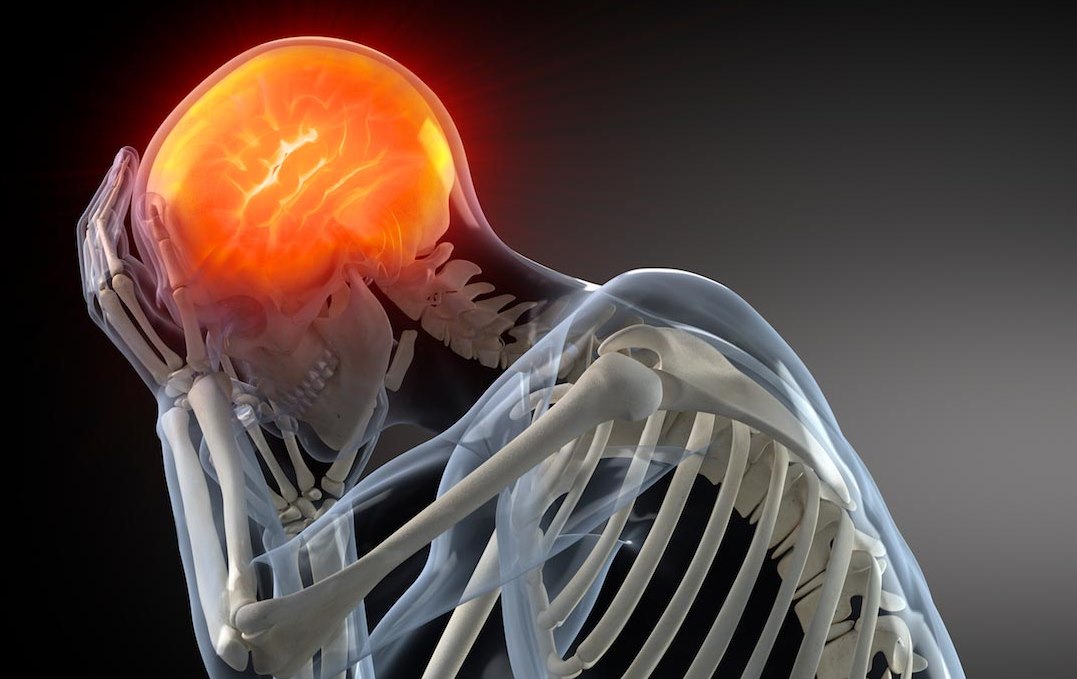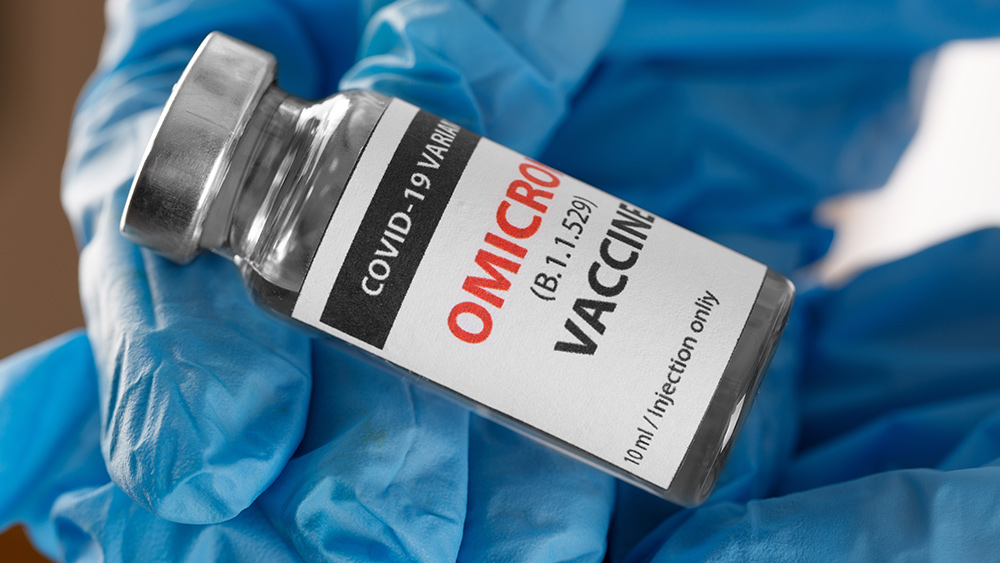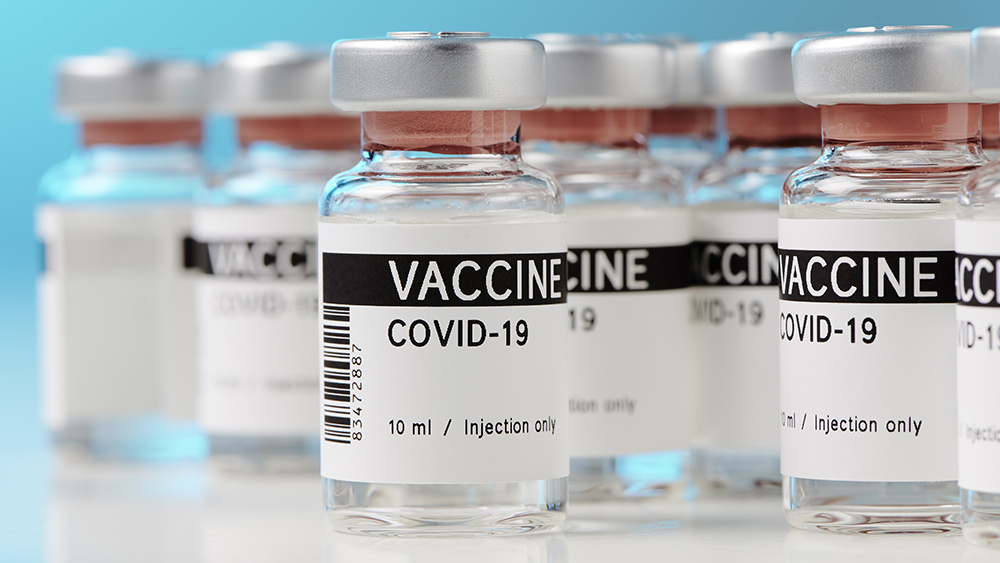At least 75% of American teenagers are NOT getting enough daily exercise, warn researchers
07/05/2022 / By Zoey Sky

Exercising regularly is important for your overall health because it helps you maintain a healthy weight.
But a recent study published in the Journal of Adolescence reveals that three in four teenagers in America don’t get enough physical activity daily, which is contributing to the country’s worsening obesity crisis.
According to official figures, America is currently facing a pediatric obesity crisis. About 20 percent of American children are dangerously overweight and over 200,000 have developed diabetes.
Researchers at the University of Georgia (UGA) in Athens reported that at least 75 percent of young Americans aged 14 to 18 are not reaching daily recommended exercise levels. Additionally, teenage girls are reporting less activity than their male peers.
The research team noted that the main factors contributing to the lack of exercise in teens include not enough recreational time at school and the potential negative effects of bullying.
In a statement, Dr. Janani Thapa, a health policy professor at UGA, explained that the “length of recess, physical facilities and social environments at schools have been found to affect physical activity among students.”
For the study, the researchers gathered data from a survey that included 360,000 high school students in Georgia. The survey included questions about exercise habits and more social matters at school like:
- Acceptance
- Bullying
- Peer and adult social support
- School connectedness
- School environment
- School safety
- Support environment
Ninth graders were the youngest to take part in the survey. They reported the most physical activity, while 12th graders reported the least. According to the survey, children who felt that their school was “a safer, more positive environment with less bullying” were more likely to exercise.

Thapa said that there isn’t much data on the role of school climate on physical activity. Additionally, there isn’t enough research showing why a child who feels less safe at school is more likely to have a sedentary lifestyle.
She suggested that certain groups of students also face certain barriers when it comes to physical fitness. To illustrate, females in their teens were significantly less likely to have an active lifestyle than their male peers.
Just over a third of the teenage girls reported that they met daily activity goals. Meanwhile, at least 57 percent of teenage boys in the survey lived active lives.
Thapa noted that over time, Georgia observed declining levels of physical activity among all adolescents. However, the rate is higher among female middle and high school students.
Bullying linked to lack of exercise in teenage boys and girls
The study also revealed that bullying affects both a child’s physical and mental health.
However, how bullying affects children often depends on their gender. Young girls who were bullied were more likely to be physically active, but the opposite trend was observed in teenage boys. (Related: Physical activity in teenage girls can be improved with mental training, according to research.)
Sedentary lifestyles among children are often linked to skyrocketing cases of pediatric obesity and diabetes in America. The Centers for Disease Control and Prevention (CDC) reports that one in every five children in America is suffering from obesity.
Unfortunately, obese children are at increased risk of developing many other conditions as they age. Conditions often linked to obesity include different types of cancers, diabetes, heart disease and more.
The CDC also reports that over 200,000 American children have diabetes, a condition that can be debilitating over an entire lifetime.
Tips for encouraging teens to exercise regularly
According to the CDC, children aged six to 17 need at least one hour of moderate to high-intensity exercise daily. Kids and teens who exercise tend to have stronger bones and muscles, along with healthier body fat compositions.
Adolescents who engage in physical activity regularly also tend to experience a lower incidence of depression. Exercise can include different activities like aerobics, walking, roller skating, sports play or strength training.
If you are worried about your teenage son or daughter, here are some tips on how to encourage them to exercise regularly:
Moderation is key
Exercising too much is just as bad for teens as not getting enough exercise.
Overtraining in youth sports has become more common as kids start specializing in one sport at younger ages. This early specificity and hyper-focus on sports performance can cause burnout and injury.
For teenagers, it’s best to let them enjoy a variety of activities and sports until they find which suits them best. This helps ensure that teens can develop into healthy adults “with well-rounded athleticism” who enjoy being active.
Consider size and ability
Some teens can comfortably use adult-size equipment at the gym, but smaller teens may need modifications.
For example, a small-framed teen joining a group cycling class may need to be sized for the bike before class to avoid discomfort and potential injury.
Focus on effort, not performance
Developing skills, coordination and sportsmanship can have a lasting impact on a young athlete’s life.
On the other hand, emphasizing wins or competition can cause anxiety and a likelihood of quitting instead of enjoying healthy exercise.
Don’t focus on their body
Body image issues usually develop more easily in both male and female athletes when the emphasis is put on their physical appearance. To prevent this, emphasize their strength and athleticism over what they look like.
Focus on making exercise fun
Even adults find exercise tedious at times, but the best way to encourage teens to exercise is to make it fun, not tiresome. Encourage your teen to find an activity or sport that they enjoy so they can commit to a regular exercise routine without feeling bored.
Finding an activity that they enjoy can help teens foster “a lifelong love of movement that will enhance health beyond measure.”
Visit Slender.news for more articles with tips on how to stay active and manage your weight.
Watch the video below for a fun Zumba dance routine that you can try at home.
This video is from the Dance Dance Workout channel on Brighteon.com.
More related stories:
Study shows 5-10 minutes of low-intensity running can help reduce risk of premature death.
Sources include:
Submit a correction >>
Tagged Under:
adolescents, bullying, children's health, exercise, fitness, health science, mental health, mind body science, obesity, overweight, physical activity, research, school environment, schools, sedentary lifestyle., teenagers, Teens, weight management
This article may contain statements that reflect the opinion of the author




















